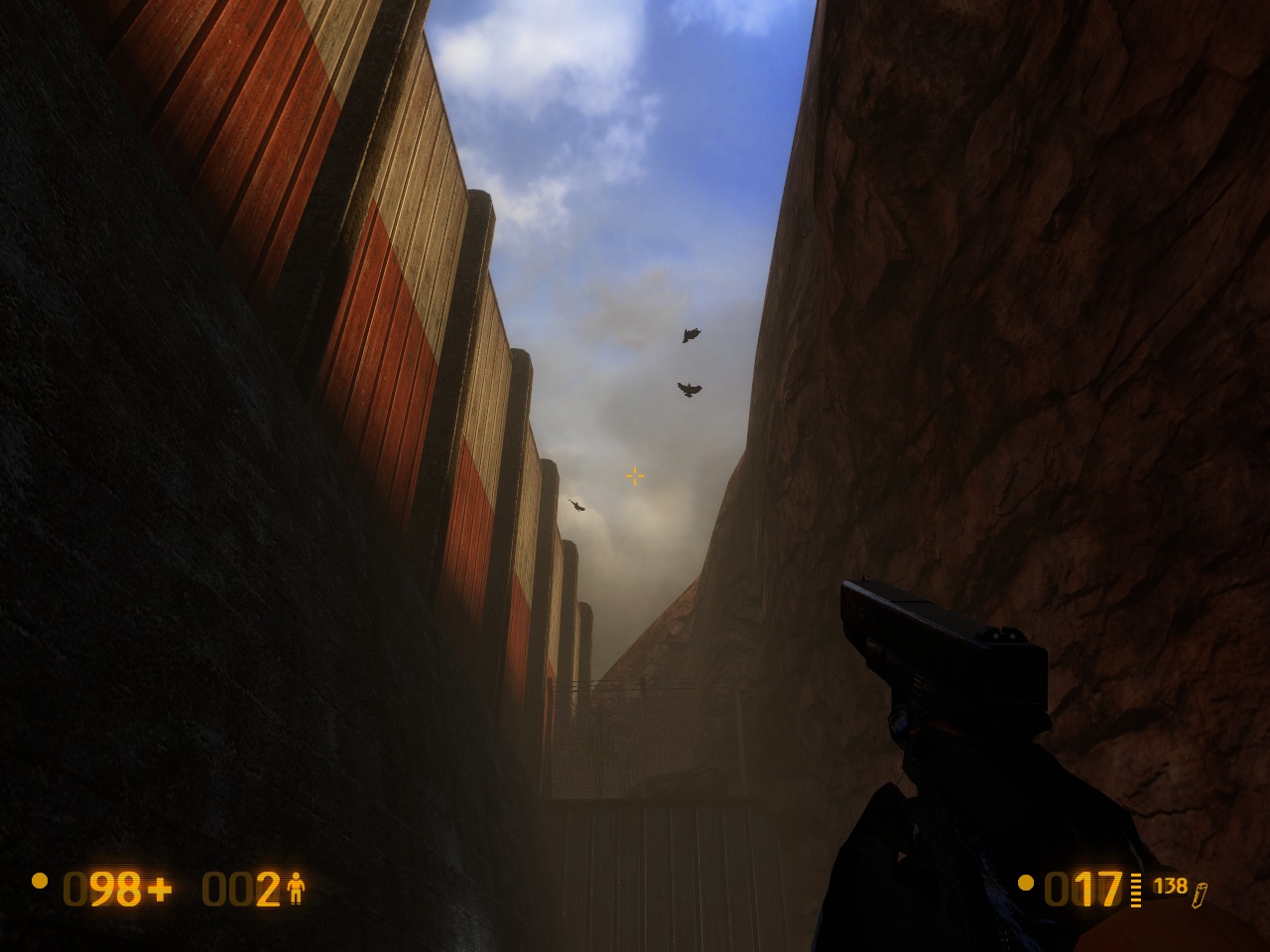

With a smile, the G-Man puts the good doctor in stasis inside of a black void until he’s needed again. Freeman, a physicist with a gift for smashing up alien invaders with his trusty crowbar, is forced to accept a “job offer” from this strange “government” man. The G-Man is more than just the mysterious god-like being manipulating the games’ events from behind the scenes, he’s the narrative bridge that transports protagonist Gordon Freeman from one game to the next. It’s Shapiro who conceived of the breathless intonation and otherworldy stutter that’s defined gaming’s creepiest character for over two decades. In terms of the original Half-Life, no actor is more important than Michael Shapiro, the video game veteran who gave the enigmatic G-Man his inimitable and instantly recognizable voice. Noclip’s documentary about how the Half-Life games influenced so many other developers, early esports pros, modders, and fans is a particularly thrilling chronicle of Valve’s story.īut one part of Half-Life‘s history that is sometimes overlooked is the role played by the performers who brought the series’ most iconic characters to life.
BLACK MESA GMAN PC
Many stories have already been written about Valve’s ascension from indie PC developer to the AAA juggernaut that created Steam. The studio itself was self-funded by former Microsoft Windows designers Gabe Newell and Mike Harrington, a gamble that as you know paid off tremendously.

When famed PC game studio Valve set out to work on the first Half-Life in 1996, the team that would change the first-person shooter genre forever was mostly made up of amateur modders who’d cut their teeth on the Quake engine. This article is part of our History of PC Gaming series.


 0 kommentar(er)
0 kommentar(er)
